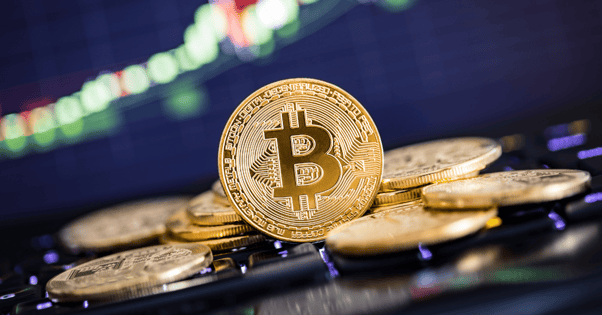Investors are showing signs of increasing exuberance, reflecting optimism about a vaccine-fuelled global recovery and the changed economics of the post-coronavirus world.
The Dow Jones Industrial Average rose 1.6% for the first week of 2021, marking its fourth-straight weekly gain despite a mob storming the U.S. Capitol Wednesday and a decline in nonfarm payrolls reported Friday.
The advance, which took the 30-stock index past 31,000 in just 29 trading days, has been led by banks and energy firms. Bond yields have risen, taking the yield on the 10-year U.S. Treasury note to 1.105% – the highest since March.
When economically sensitive sectors and bond yields rise together, it often signals that Wall Street is embarking on the classic reflation trade that anticipates a full-fledged economic recovery. It is important because it can herald rising incomes, stronger results at firms from retailing to manufacturing to technology, and further market gains.
But the blistering, stimulus-fuelled rally over the past year may complicate that formula. While the case for economic recovery appears sound and many fund managers expect the market advance to continue, sceptics say stocks remain vulnerable to fallout from the pandemic, including still-high unemployment and questions about the pace of the vaccine rollout. Supercharged gains in assets from some favoured stocks to cryptocurrencies to some commodities could turn out to be unsustainable.
Investor favourites of the stimulus era are also rising, in some cases at a pace that prompts traders to invoke past market manias. Electric-car maker Tesla Inc., a presumed beneficiary of green-energy-related stimulus efforts favoured by the Democrats who now control Congress, is up 25% this year. Tesla CEO Elon Musk is worth more than Exxon, thanks to the rally.
Bitcoin, the cryptocurrency that made its debut more than a decade ago as an alternative to fiat currencies distributed by governments and central banks, has risen 38% in 2021 to USD40,132, more than doubling the high it set three years ago.
The case for a robust recovery is widely held. The World Bank’s estimate, which is closer to the Wall Street consensus, calls for growth of at least 3.5% this year. Whenever the economy does fully reopen, it will look very different. Employment remains down by nearly 10 million compared with February of last year, and wage growth has been muted.
The bad news has been countered in part by the stimulus programs of the government and the Federal Reserve, an onslaught that with Democratic wins this month in the Senate has put investors on inflation watch. The 30-year Treasury yield has jumped by almost one-quarter of a percentage point since the start of the year to settle at 1.863% on Friday, its highest since March. When bond yields rise, prices fall and that means investors who own these bonds lose money, on paper at least.











